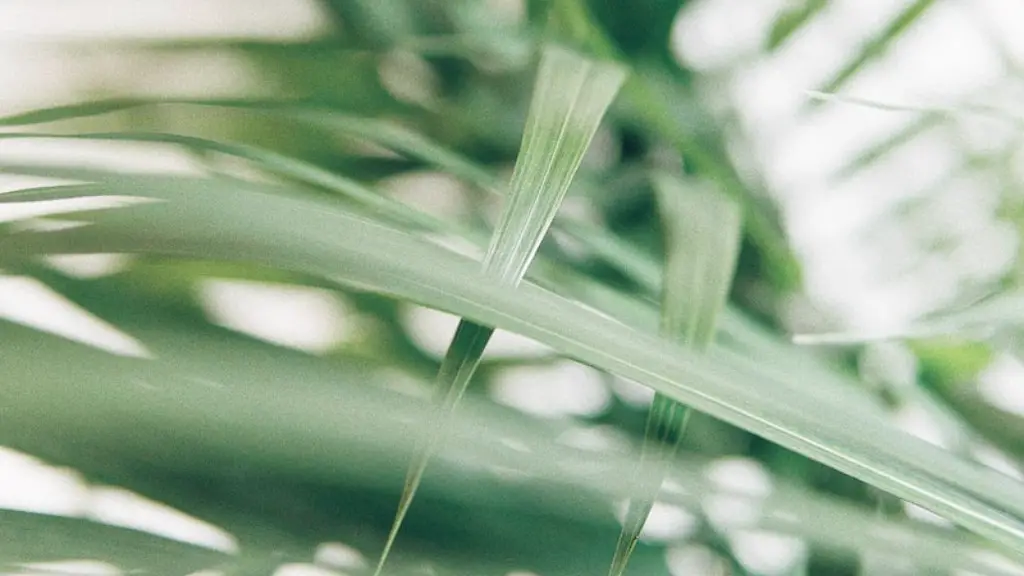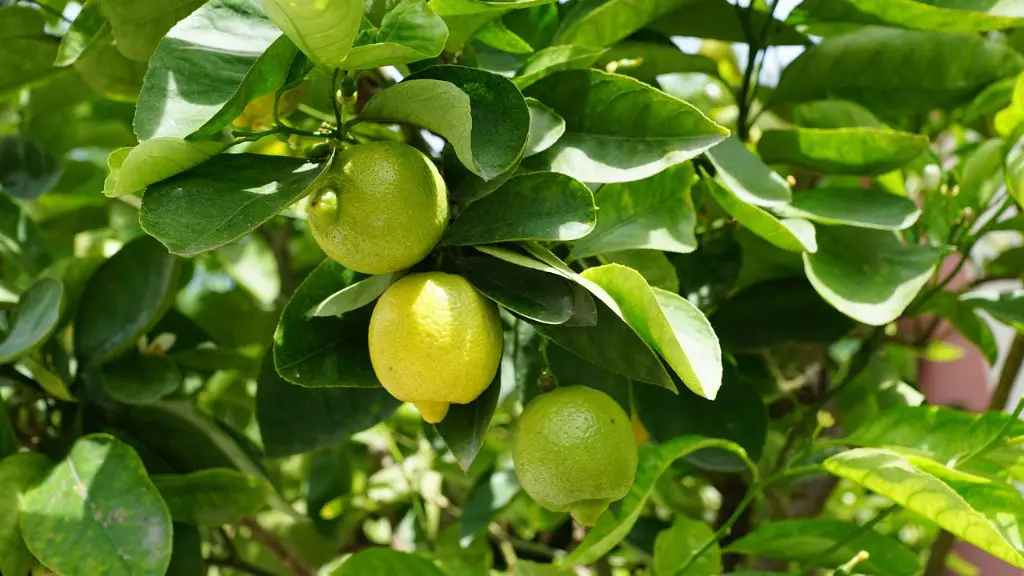Avocado trees are tropical plants that can be a great addition to your garden. But how long does it take for an avocado to grow? The answer to this question depends on a variety of factors, including climate, soil quality and the type of avocado tree you choose. Before we dive into the specific factors, let’s dive into the basics of how an avocado tree grows.
Avocado trees require full sun and well-drained soil to reach their full growth potential. When grown correctly, an avocado tree will reach the full size within a few years. However, it can take up to 8 years for an avocado tree to produce fruit. This is because it takes a while for an avocado tree to reach mature fruit-bearing age. Additionally, specific varieties of avocado trees can take longer than others to produce fruit.
Soil quality plays a major role in how long it takes for an avocado tree to reach maturity. Avocado trees grown in soil with low fertility or high acidity levels may take longer to bear fruit. Additionally, avocado trees grown in harsh climates or regions with cold winters will take longer to bear fruit as these conditions can slow the growth of the plant.
The variety of avocado tree you choose is also an important factor in determining how long it takes for an avocado to grow. Some varieties take longer than others to reach maturity and bear fruit. For example, the Hass avocado tree takes 8-12 years to reach maturity and bear fruit, while the Fuerte avocado tree takes 6-8 years. Knowing the variety you have can help you decide what kind of care and patience is needed while your avocado tree grows and starts to bear fruit.
Finally, the amount of care and attention you give to your avocado tree will be a major factor in how long it takes to bear fruit. Making sure to provide all the necessary nutrients, such as water and fertilizer, as well as regular pruning, will ensure that your avocado tree reaches the right size and is able to bear fruit in a timely manner.
Growing Strategies
When it comes to growing an avocado tree, there are several strategies you can use to help your tree reach its fullest potential. Planting your avocado tree in an optimal location that provides ample sun and well-drained soil is key. Additionally, fertilizing your tree every 2-4 weeks is often recommended to help promote healthy growth and development. Pruning your tree can also help promote healthy fruit production by keeping the size and shape of the tree in optimal conditions.
Avocado trees can take a longer time to bear fruit, but with the right techniques, it is possible to ensure your tree produces fruit in a timely and satisfactory manner.
Harvest Time
Knowing when your avocado tree is ready to harvest can be difficult. Fortunately, there are several signs that you can use to help detect when an avocado is ripe and ready to pick. The first is to examine the color of the fruit. A mature avocado fruit should be mostly green with a hint of purple hue. Additionally, the shape of a ripe avocado should be smooth, round and firm.
Finally, to get a good indication of how ripe an avocado is, you can gently squeeze the fruit. A ripe avocado should yield to gentle pressure and feel slightly squishy. Additionally, if you slightly shake the fruit, you should be able to detect a slight seed rattle inside the fruit.
Using these simple tips and tricks can help you determine when an avocado is ready to be harvested from your own tree.
Health Benefits
Aside from the obvious benefit of having fresh and delicious fruit at your fingertips, avocados are packed full of health benefits. They are rich in healthy fatty acids, minerals and vitamins, as well as being a great source of dietary fiber. Additionally, studies have found that avocados can have a positive effect on blood sugar levels, helping to keep them within a healthy range.
Avocados have been found to have several heart health-promoting benefits as well. They contain high levels of healthy fatty acids, which can lower bad cholesterol levels and improve overall heart health. And they are also a great source of potassium, which has been found to lower high blood pressure levels and help promote healthy circulation.
In short, avocados are a great way to get some much-needed nutrients and minerals into your diet. Making them an ideal addition to a healthy lifestyle.
Cooking Possibilities
Avocados offer a wide variety of possibilities in the kitchen. From salads to guacamole, avocados can provide a great source of healthy fats and added flavor. Furthermore, avocados can be used as a substitute for butter or mayonnaise in many recipes. This can help lighten up recipes, making them lower in fat and calories, and yet still offering delicious flavors.
Avocados can even be used in sweet recipes. For example, substituting avocado for butter in cookie dough or cake batter can offer a delicious, healthier twist on classic desserts. Additionally, avocados can be blended together with fruits and other ingredients to make smoothies. Making them an even easier way to include avocados in your daily diet.
In short, avocados offer a wide array of possibilities when it comes to cooking. Making them a great source of healthy fats and flavor.
Storage Tips
For those who are lucky enough to have an abundance of avocados, storing them correctly is key. Keeping avocados in the refrigerator can help them stay ripe longer than if they were left out on the counter. To maximize their freshness, wrap each avocado in newspaper before putting them in the fridge. This will help keep the avocado’s moisture in and prevent it from spoiling quickly. Additionally, if an avocado has reached peak ripeness, it can be stored in the freezer for up to two months with no loss of flavor or texture.
Avocados are a delicacy that can add flavor and health benefits to any dish. With the right care and attention, you can enjoy the fruits of your labor in no time.
Bacterial Infections
Despite the numerous benefits of growing and consuming avocados, there are some potential risks as well. Avocado trees can be susceptible to bacterial diseases, such as bacterial spot, which can be potentially devastating to an avocado crop. To prevent these types of infections, it is important to keep your tree and its environment healthy. This includes ensuring optimal soil conditions, removing and preventing weeds, and avoiding over-watering the soil.
Additionally, it is important to prune and dispose of diseased leaves and fruit to prevent the spread of disease to other parts of the tree. If a bacterial infection does occur, you can try treating it with a copper-based fungicide. However, if the infection is more severe, it may be necessary to completely remove the affected tree.
Bacterial infections can be a major issue for avocado growers, but with the right practices and knowledge careful removal of diseased trees if necessary, it is possible to successfully grow an avocado tree and reap its benefits.
Conclusion
Avocado trees are a great addition to your garden or home. With the right care and attention, an avocado tree can produce healthy fruit in a relatively short amount of time. Furthermore, avocados offer many potential health benefits, making them a great choice for anyone looking to improve their diet. Finally, with the right knowledge and practices, it is possible to prevent and treat bacterial infections that can plague avocado trees.



